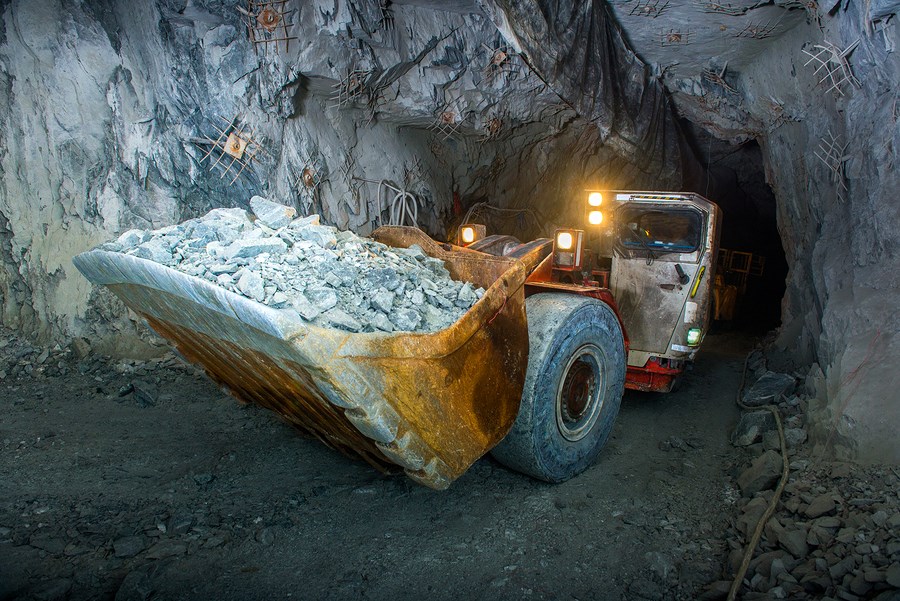Much has been made about conflicts between mining and the environmental movement. The fact is, these two things can go together hand-in-hand, and northern Manitoba and Saskatchewan could reap the spoils. Few places on earth can boast the north’s base materials. Even fewer can boast that they do it in a way that inspires minimal guilt in consumers.
If there’s one thing that will pace an increase in sustainable technology, it’s electricity. The future is already proving to be in the production and use of sustainable power, whether it’s in cars without gas, solar panels, wind turbines, geothermal units and the like.
These things all require one thing, along with almost any other electrical device –copper wiring. That has still remained the same. If you have something that requires electricity, you’ll need copper to make it work.
This is where Flin Flon’s biggest cash crop, so to speak, comes into play. As demand for copper rises, so will its price, making mine projects in our neck of the woods more sustainable and more beneficial for individual companies.
Copper prices have dropped slightly from where they were five years ago, but with Teslas and other electric vehicles hitting the road (including a few within the Flin Flon area, by the way) and demand for smartphones and similar technology only growing more by the day, the world’s need for copper is going to keep climbing.
I know I’m not the only person making that bet. Foran Mining executives, currently overseeing one of northern Saskatchewan mining’s brightest prospects in the McIlvenna Bay project, shared a similar idea earlier this year in a presentation to the Flin Flon and District Chamber of Commerce. If copper prices go up, expect things to roll along with mine exploration in the north.
The demand for copper is certainly increasing, by more than half a megatonne a year and counting. Copper isn’t the only thing we may see a boom in. Interest grows day by day in lithium deposits, including a few possible lithium projects near Snow Lake. Whether or not they will come to fruition and become full-fledged mines is anyone’s guess right now –I’m just an observer, not a swami, after all –but prices for that mineral should grow as we delve deeper into sustainable tech. The best batteries for those electric cars and the best storage devices for solar panels, wind turbines and the like are all lithium ion products.
Those same batteries and devices use zinc, another one of our prized retrievables, as an anti-corrosion agent. The anodes of those same lithium ion batteries I was just talking about? Those are often built with zinc.
Now that we’ve established the need for northern materials, we get to the “guilt”part discussed earlier. If you look at the top 10 copper producers in the world, as of 2017, Canada only placed tenth. Out of all the copper in the world, Canada only produces just north of three per cent. Check the countries ahead: Chile leads the world in copper production, followed by Peru, China, the U.S., Australia, the Democratic Republic of the Congo, Zambia, Mexico and Russia.
Canada has something most of these places don’t have –a relatively well-treated
workforce. When you’re done reading this, google any of those countries, barring maybe the U.S., and the term “mining safety”. It’s a horror show. That’s not to say every mine in these countries is bad and that every worker is mistreated, but there’s definitely enough to ruin the party.
A well-established union culture and protections and fair payment for workers are the bare minimum in Canadian mining. That’s something any worker, any union rep or even most mining executives can show as a selling point. We’ve got the copper, and nobody had to break their backs to get it.
Yes, mining is a dirty business. Yes, if done carelessly, it can cause irreparable environmental damage. No, most mining companies have, historically, not taken into account the thoughts, fears, beliefs, needs and/or objections of Indigenous peoples in their work. Until recently, environmental stewardship has never really been a big priority for mining companies. You dig a hole, you grab all the good stuff, you get out, you sell it. Next.
That said, mines are being planned with the post-mine site well in mind.
Hudbay’s Reed mine, as an example, was built to be torn down almost immediately once the area was mined out. I managed to head there for the mine’s shutdown ceremony last summer and some of the buildings were already gone.
Has the Reed mine site gone completely back to nature? I can’t say. I haven’t been there since the closure. I’ve heard good things from Hudbay employees, but they of course may have a vested interest in saying everything is alright.
The world’s going to be looking for raw materials soon to help feed the need for new, modern green technology. Flin Flon, and the rest of the north, ought to be a big part of that rolling wave.




